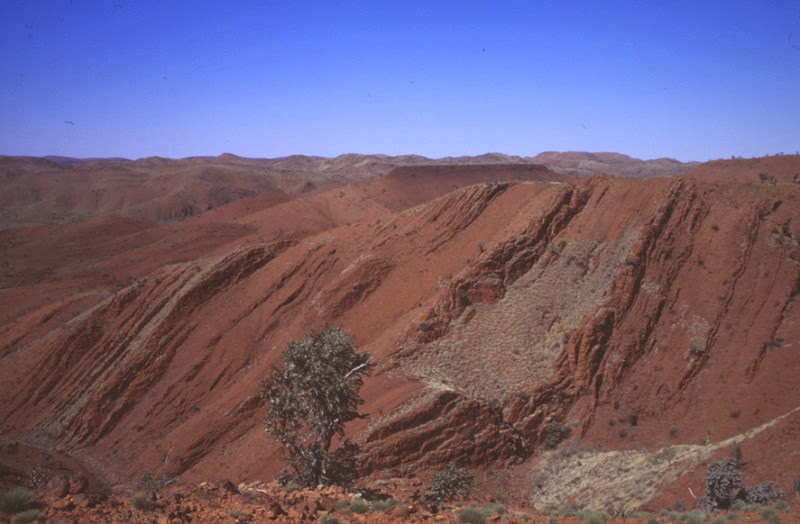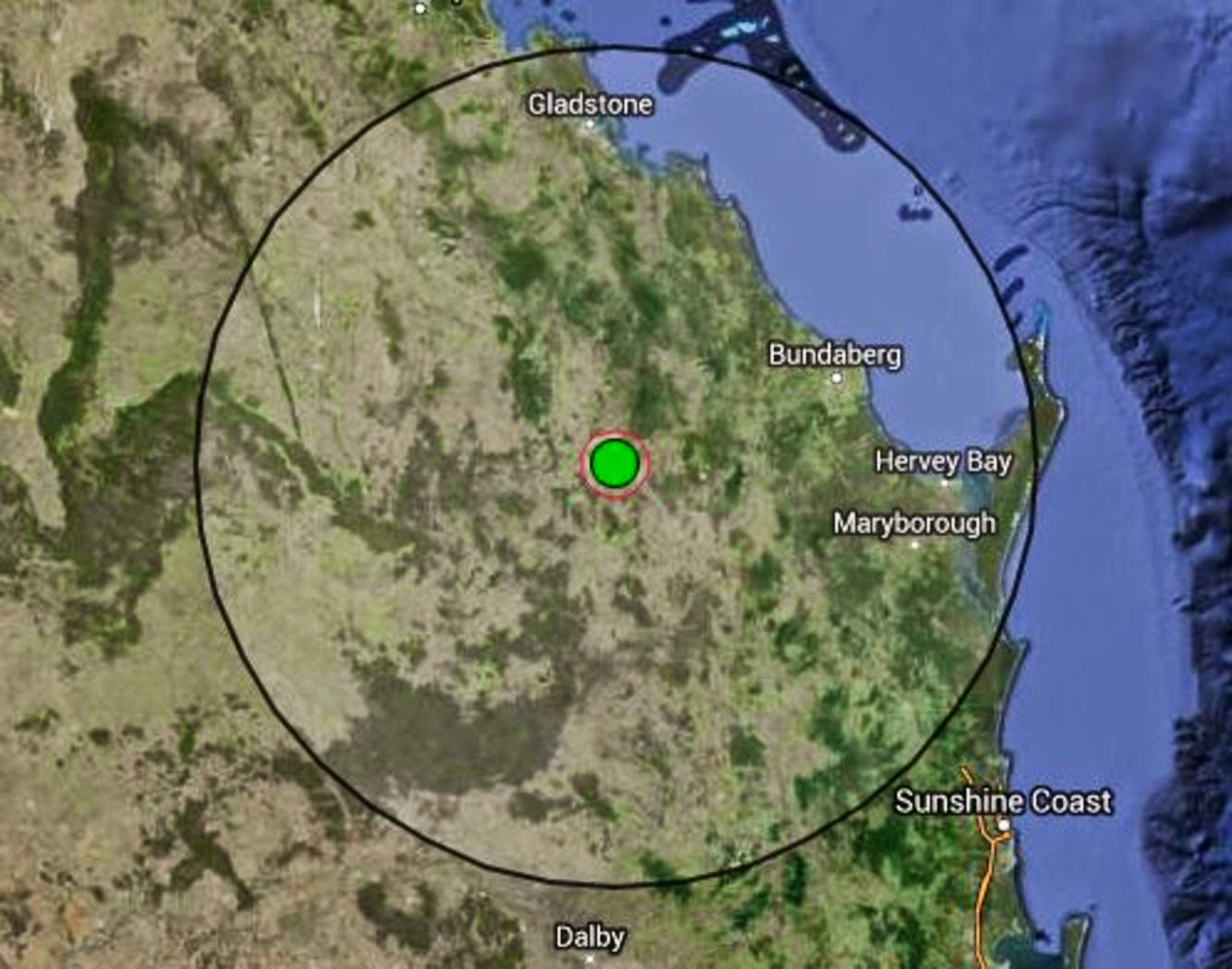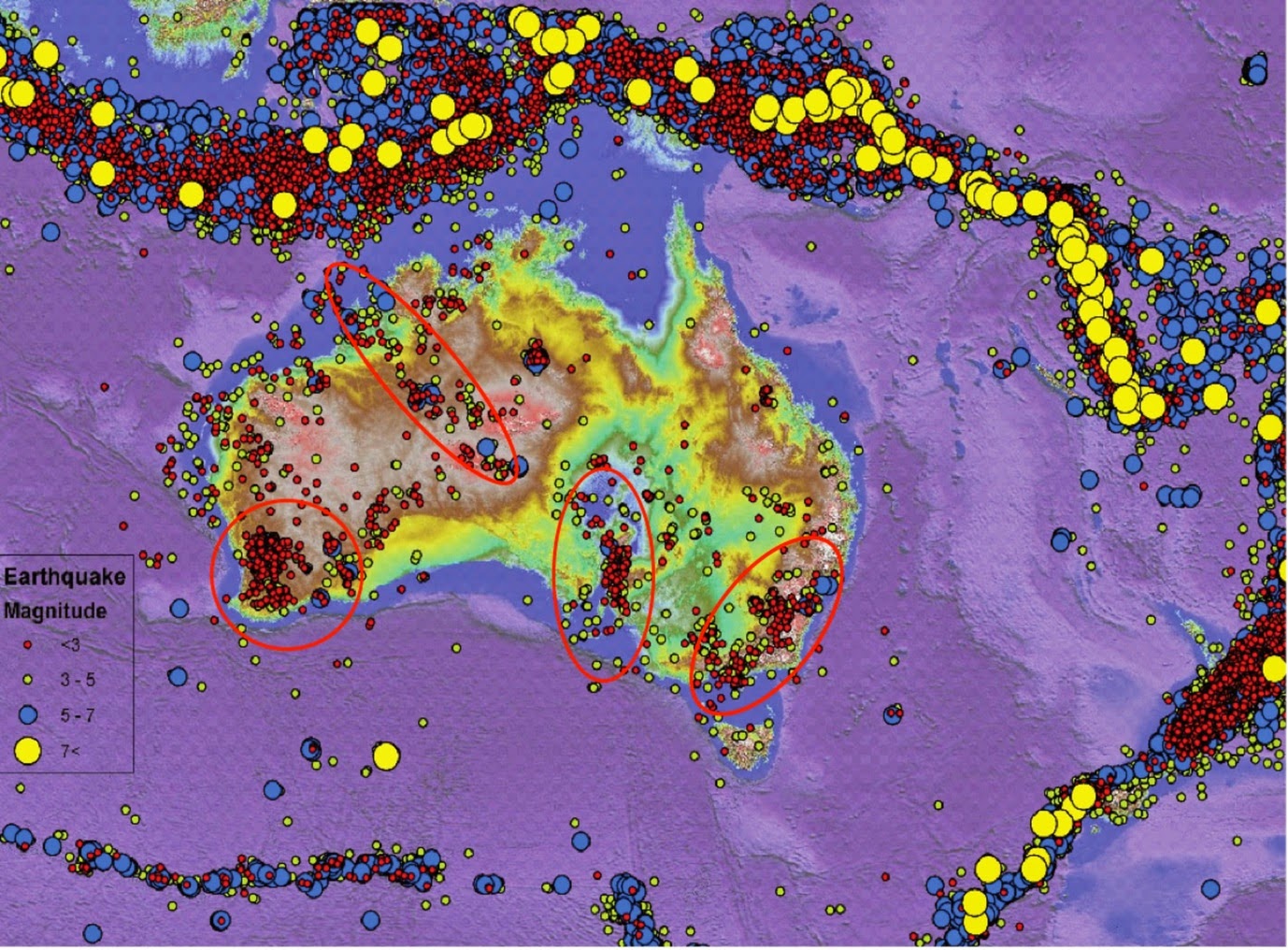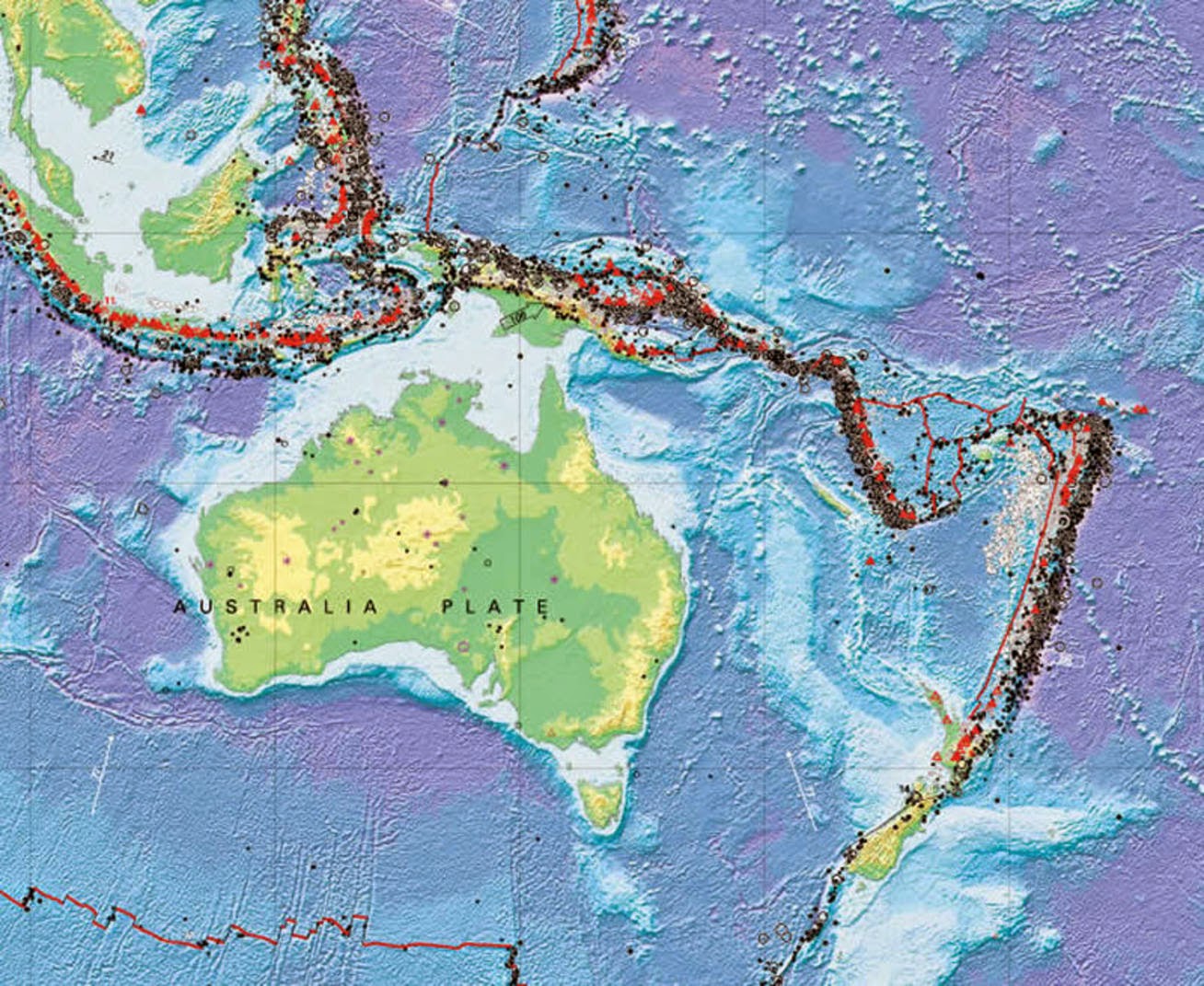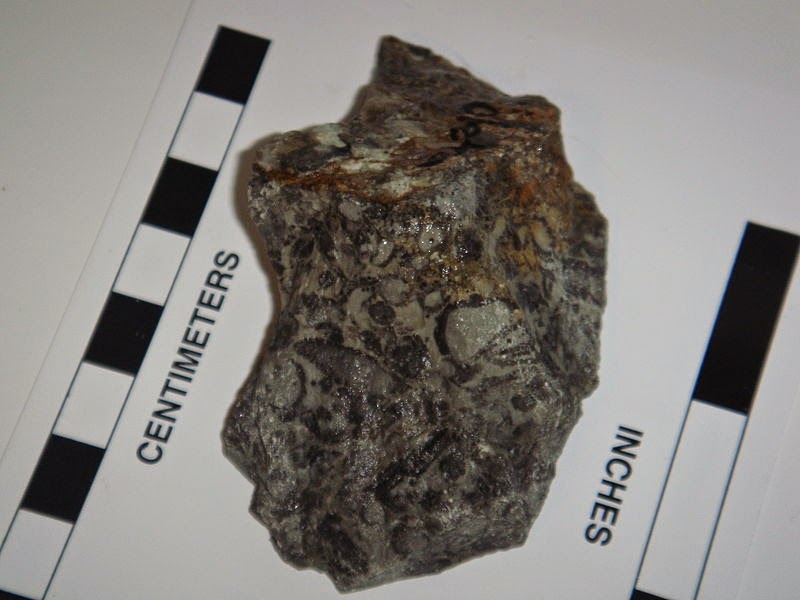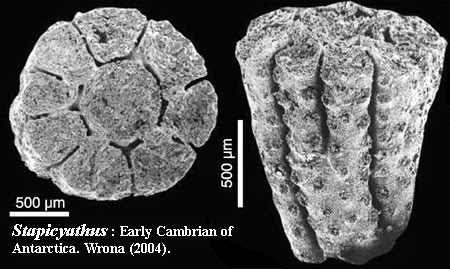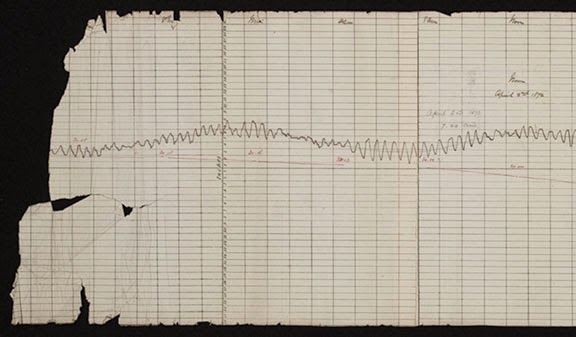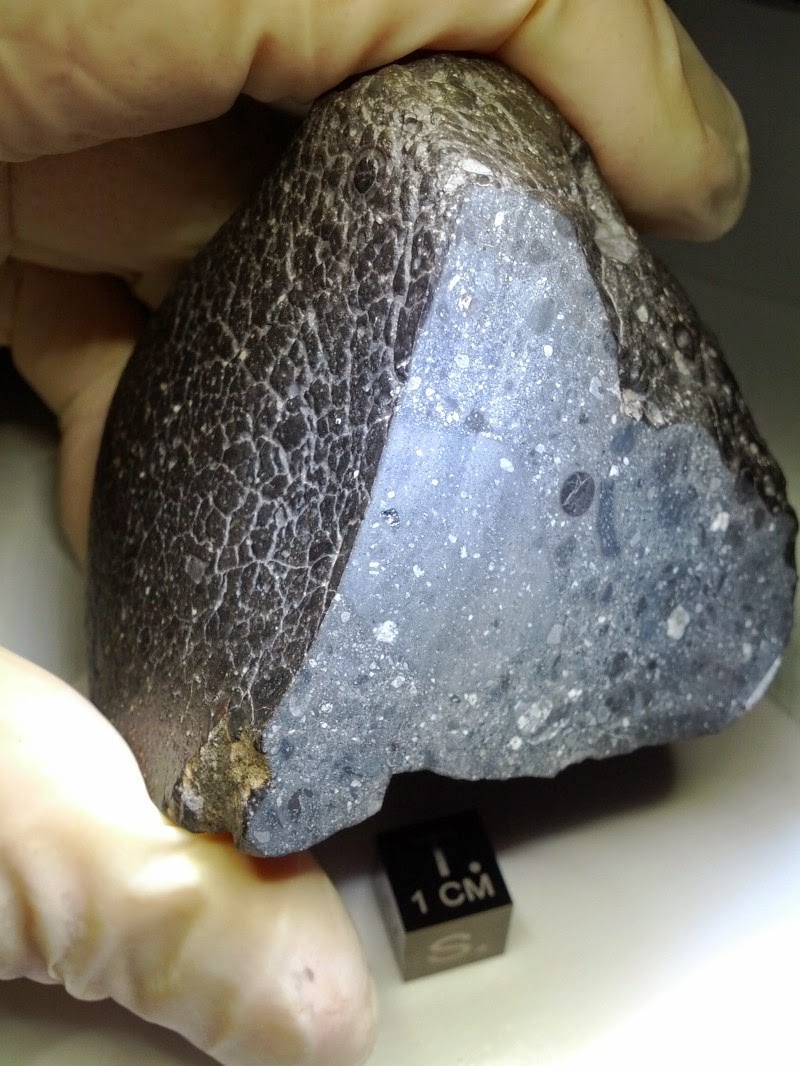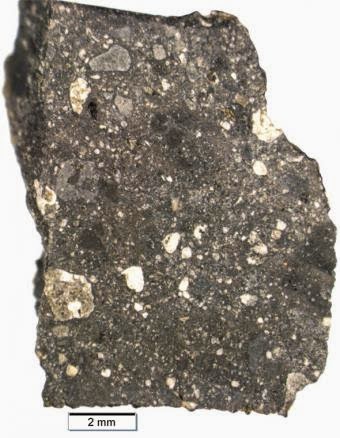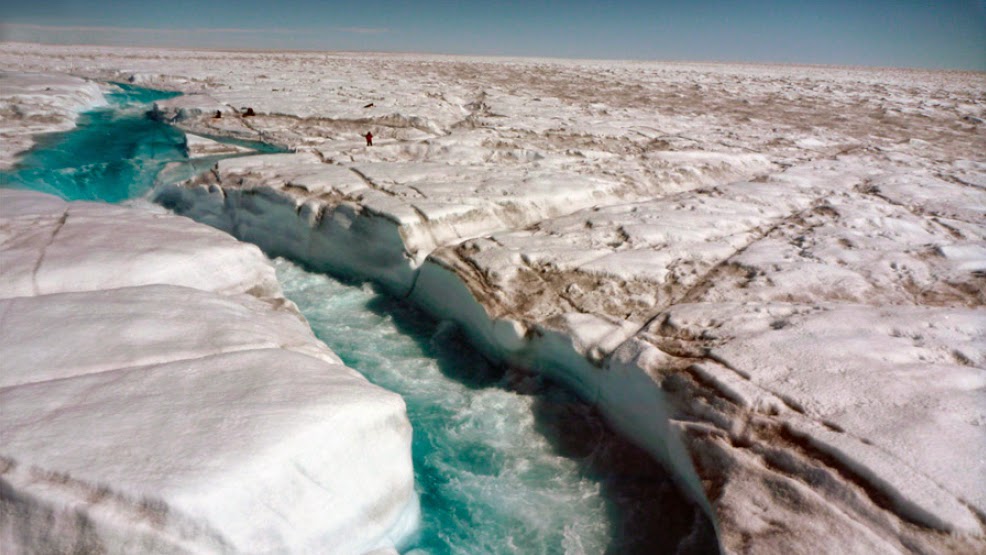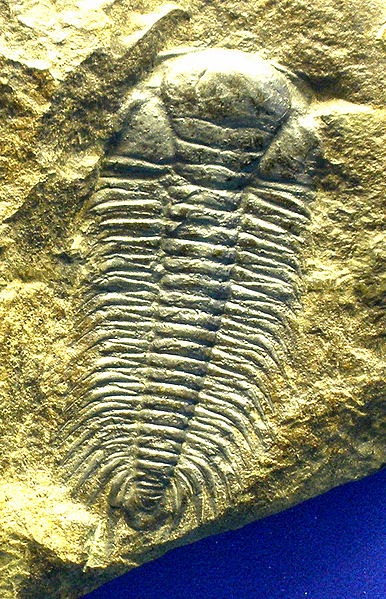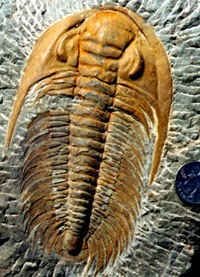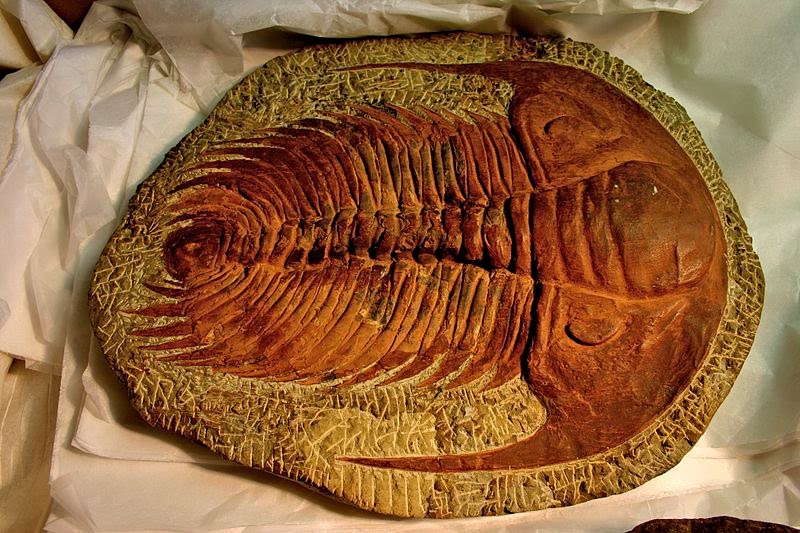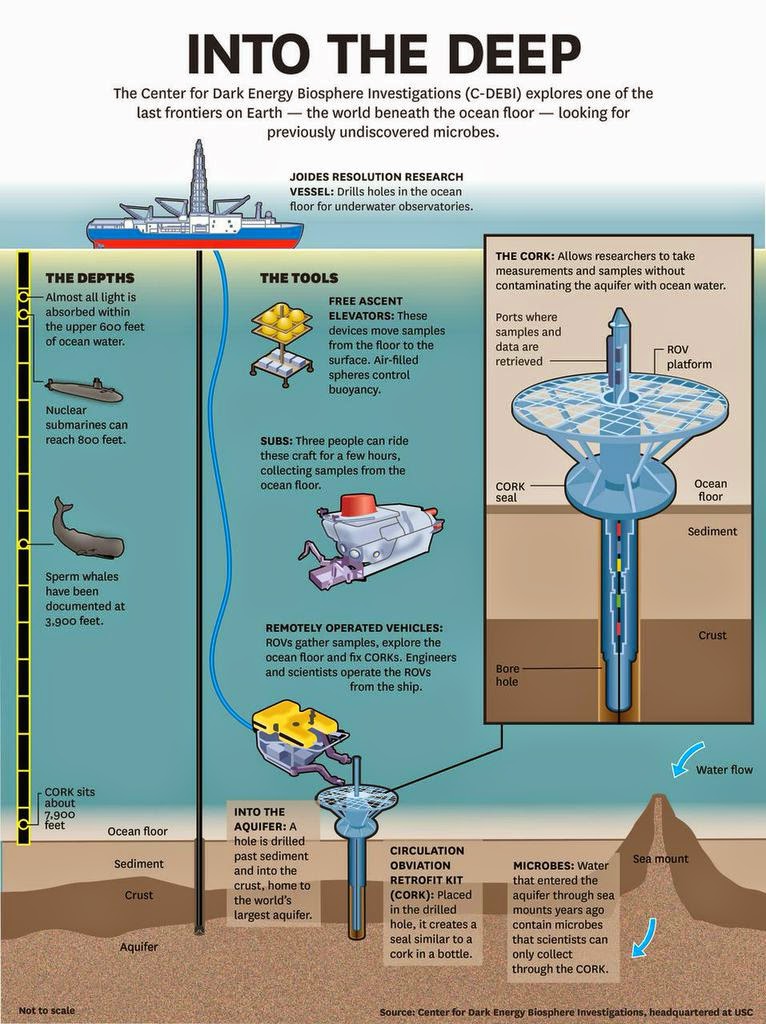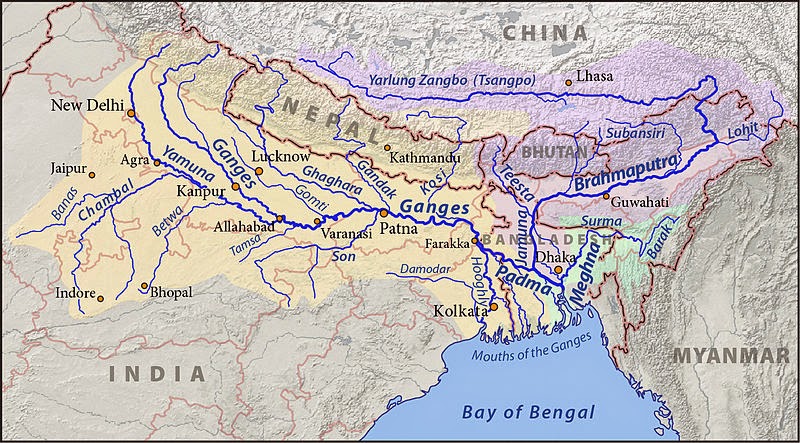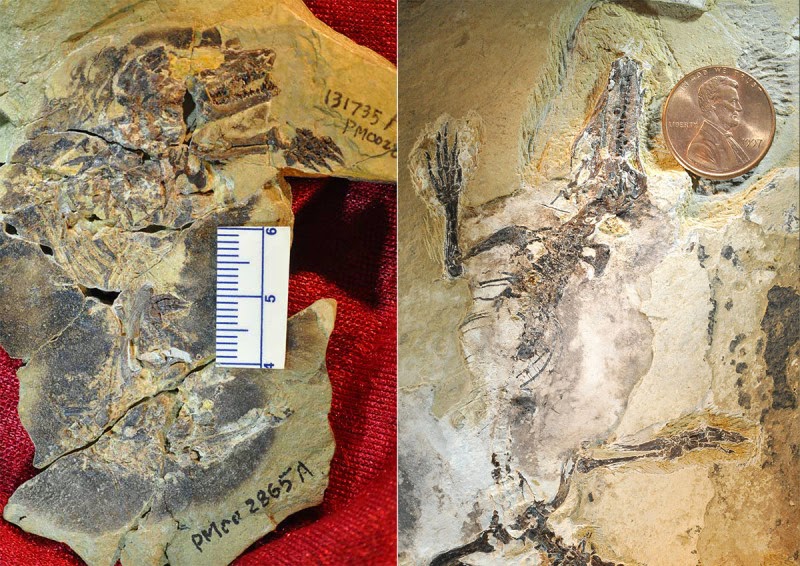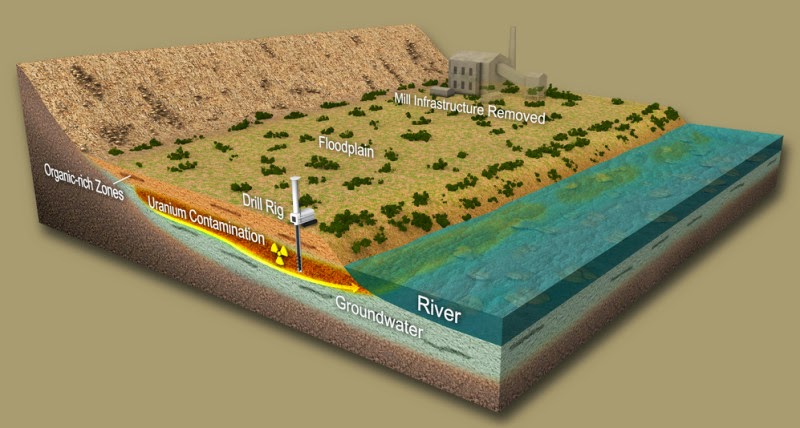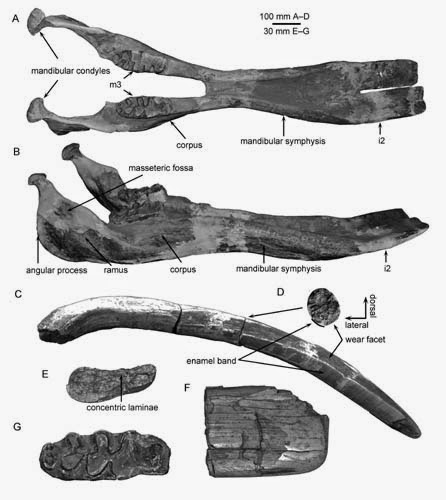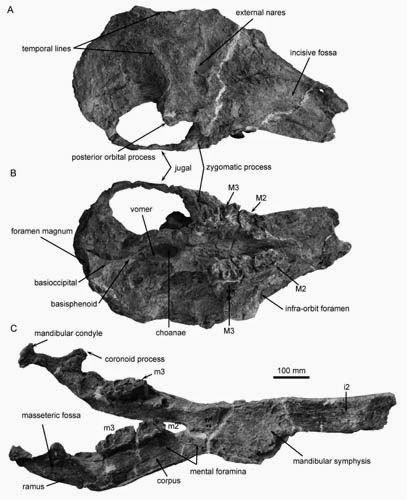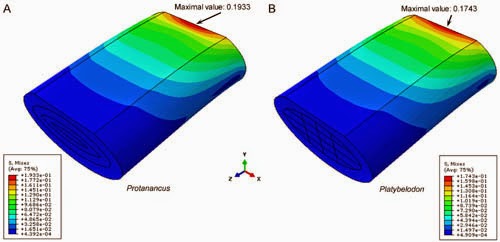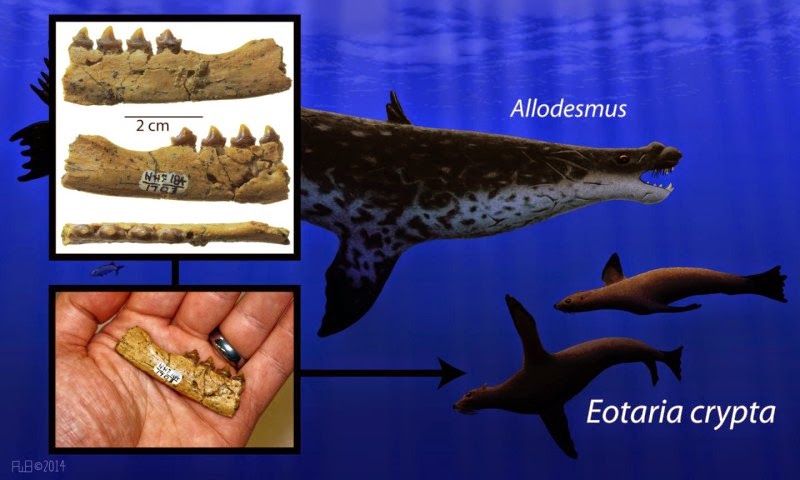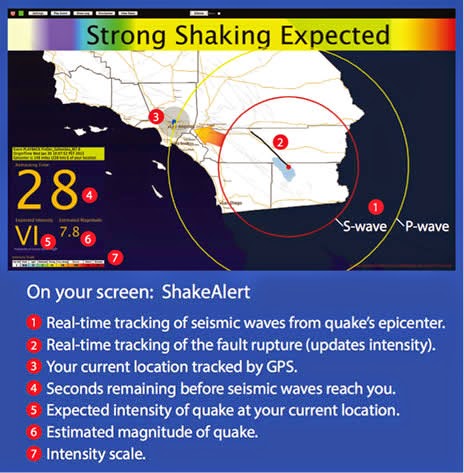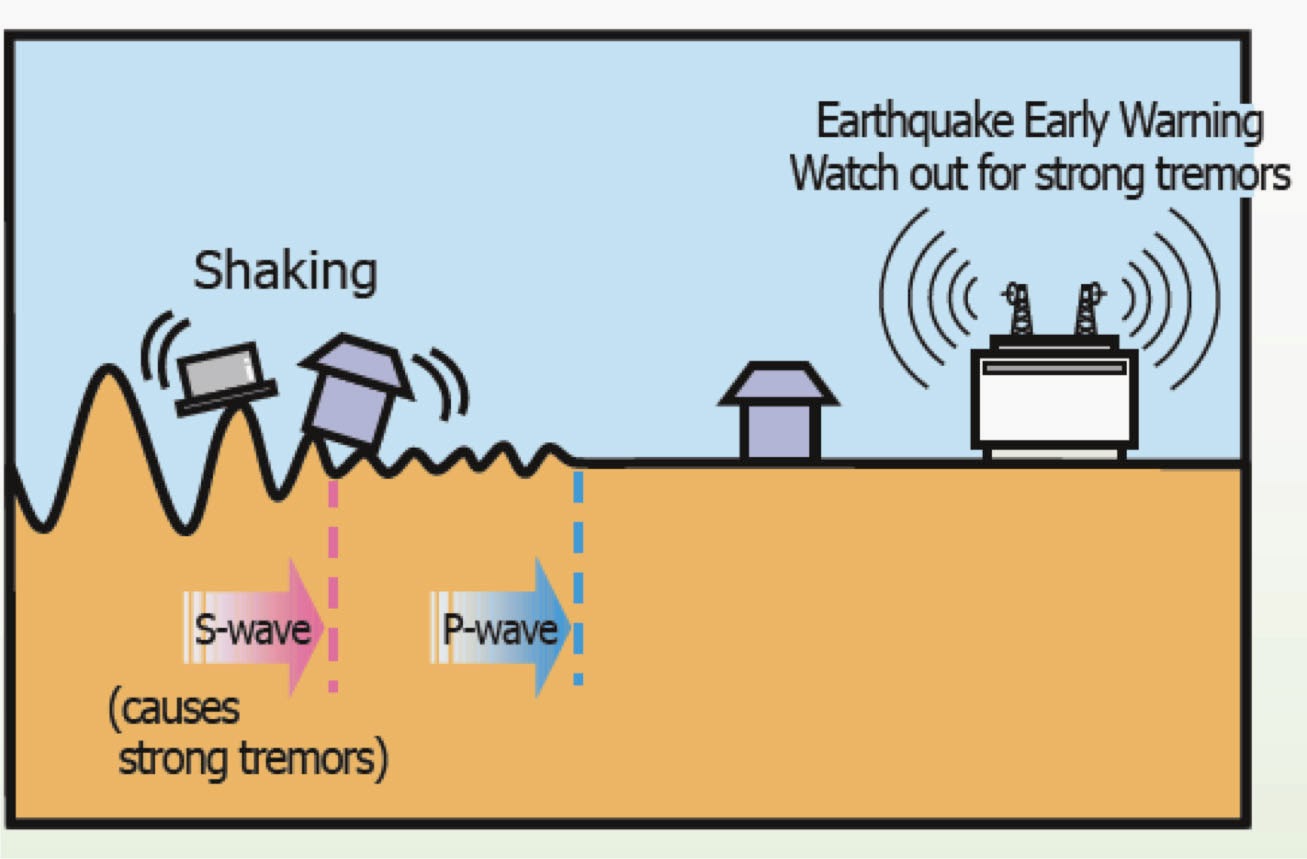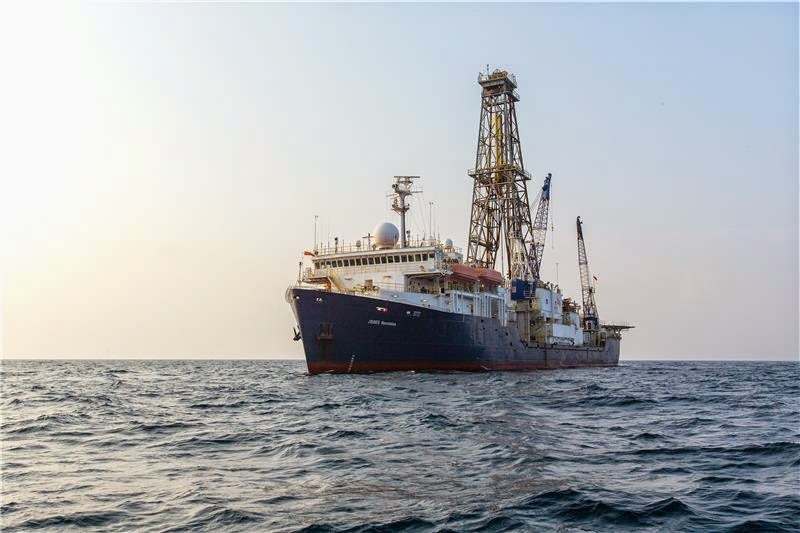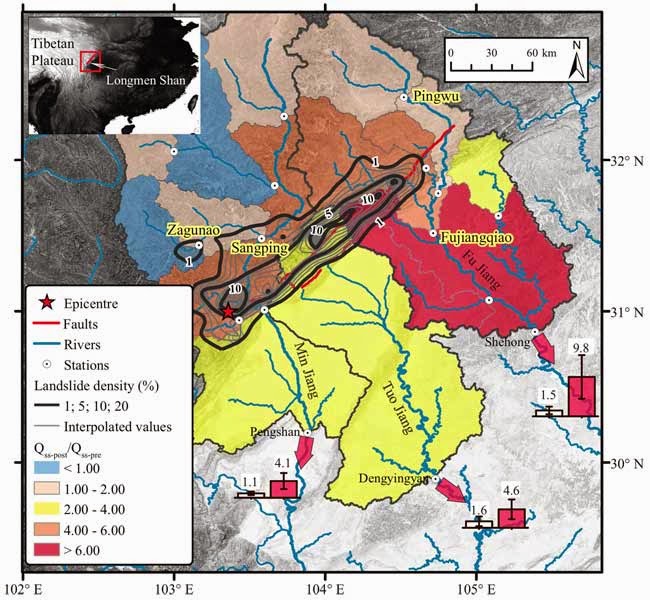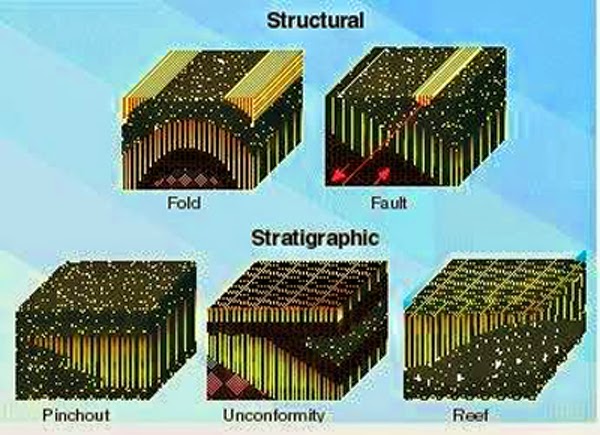
Two types of petroleum traps are; structural and stratigraphic. Structural traps are formed by deformation of reservoir rock, such as by folding or faulting. Stratigraphic traps are formed by deposition of reservoir rock, such as river channel or reef, or by erosion of reservoir rock, such as an angular unconformity
Structural Trap
Structural trap is a type of geological trap that forms as a result of changes in the structure of the subsurface, due to tectonic, diapiric, gravitational and compactional processes. These changes block the upward migration of hydrocarbons and can lead to the formation of a petroleum reservoir.
Structural traps are the most important type of trap as they represent the majority of the world’s discovered petroleum resources. The three basic forms of structural traps are the anticline trap, the fault trap and the salt dome trap.
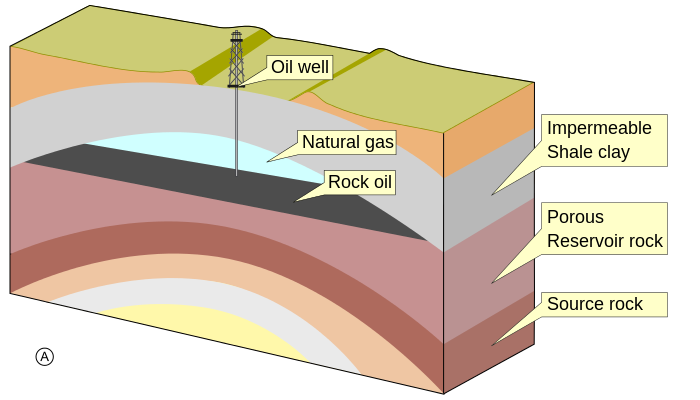
Anticlinal (fold) Trap
An anticline is an area of the subsurface where the strata have been pushed into forming a domed shape. If there is a layer of impermeable rock present in this dome shape, then hydrocarbons can accumulate at the crest until the anticline is filled to the spill point – the highest point where hydrocarbons can escape the anticline. This type of trap is by far the most significant to the hydrocarbon industry. Anticline traps are usually long oval domes of land that can often be seen by looking at a geological map or by flying over the land.
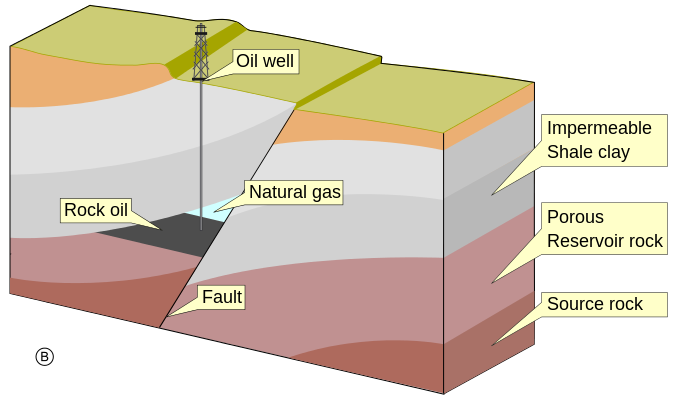
Fault Trap
This trap is formed by the movement of permeable and impermeable layers of rock along a fault line. The permeable reservoir rock faults such that it is now adjacent to an impermeable rock, preventing hydrocarbons from further migration. In some cases, there can be an impermeable substance smeared along the fault line (such as clay) that also acts to prevent migration. This is known as clay smear.
Salt dome Trap
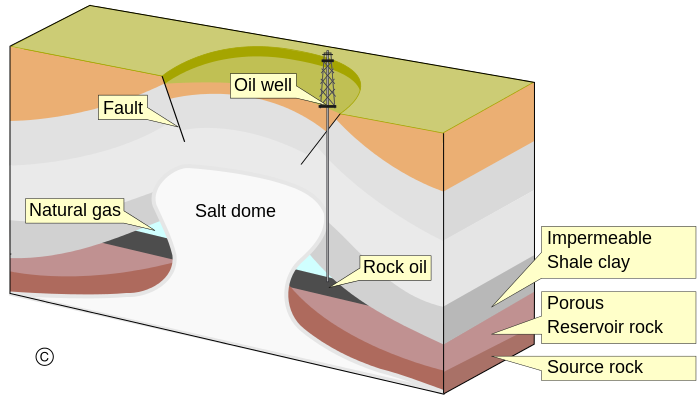
Masses of salt are pushed up through clastic rocks due to their greater buoyancy, eventually breaking through and rising towards the surface (see salt dome). This salt is impermeable and when it crosses a layer of permeable rock, in which hydrocarbons are migrating, it blocks the pathway in much the same manner as a fault trap. This is one of the reasons why there is significant focus on subsalt imaging, despite the many technical challenges that accompany it.
Stratigraphic Traps
Stratigraphic traps are formed as a result of lateral and vertical variations in the thickness, texture, porosity or lithology of the reservoir rock. Examples of this type of trap are an unconformity trap, a lens trap and a reef trap.
Two main groups can be recognized :
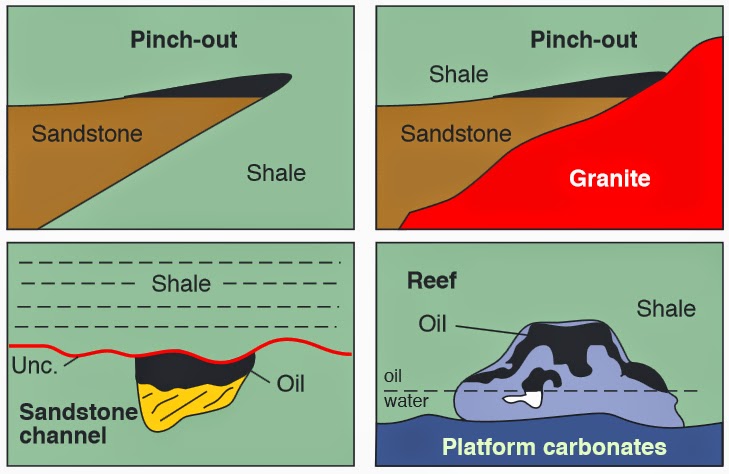
Primary
stratigraphic traps result from variations in facies that developed during sedimentation. These include features such as lenses, pinch-outs, and appropriate facies changes.
Secondary
stratigraphic traps result from variations that developed after sedimentation, mainly because of diagenesis. These include variations due to porosity enhancement by dissolution or loss by cementation.
Paleogeomorphic traps are controlled by buried landscape. Some are associated with prominences (hills); others with depressions (valleys). Many are also partly controlled by unconformities so are also termed unconformity traps .
Video:
Reference:
Petroleum Traps , KING ABDULAZIZ UNIVERSITY : GEOL 463.3—RWR-5
Traps , West Virginia University : Structure traps.pdf
Structural trap : From Wikipedia
Stratigraphic Traps : Paleontological Research Institution and its Museum of the Earth
Schlumberger : Structural trap , Stratigraphic trap


